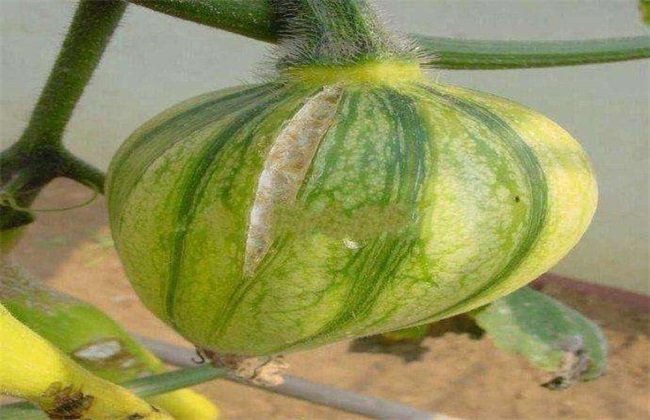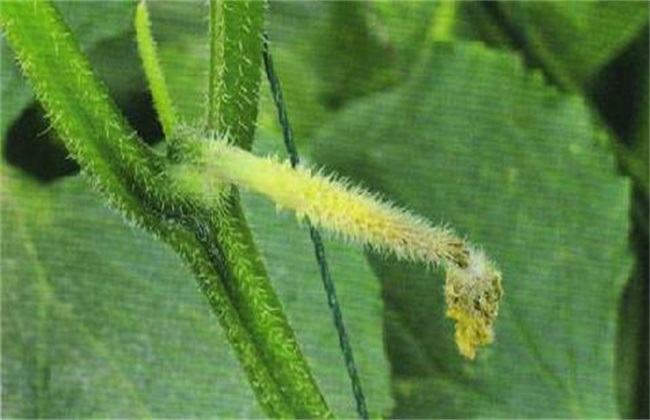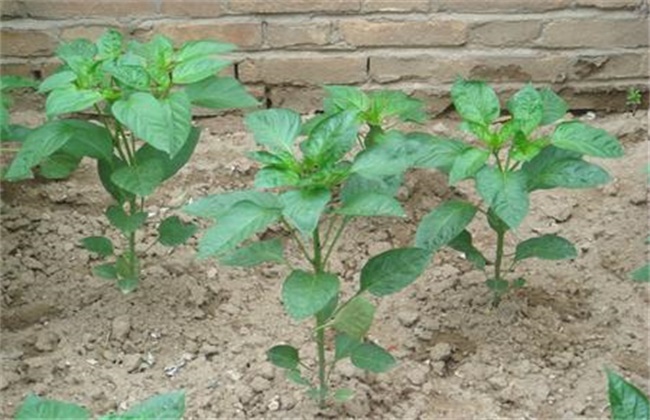What's going on with pumpkins?
When planting pumpkins, there is often the phenomenon of pumpkin, both the yield and quality of pumpkins will be greatly affected. Pumpkin is a physiological disease, which mainly means that young melons stop growing to a certain extent, and then there is the phenomenon of falling flowers and buds. So what happened to the pumpkin? Today, the editor will give you a brief introduction. Let's take a look at it.

1. Temperature discomfort during flowering
Temperature is very important for pumpkin pollination and fruiting. During the flowering period of the pumpkin, if the temperature exceeds 31 degrees, then the flower organ of the pumpkin will not develop normally because of the increase in temperature. As a result, the function of pollen grains in the flower organ will continue to decrease, if it is stable at 40 degrees. Then pollen germination and pollen tube elongation will be significantly inhibited, pollen grains are very easy to die, resulting in unable to fertilize, resulting in the phenomenon of melon drop. However, the temperature is not too low, if in the pumpkin ovary development and flowering, the temperature is lower than 15 degrees, it is prone to deformed melons, hollow melons and so on, and the seeds will be reduced.
2. Overcast and rainy florescence
During the flowering period of pumpkin, if there is a long period of overcast and rainy weather, it is very disadvantageous to the pollination and fertilization of pumpkin. Because of the lack of light in cloudy and rainy days, the photosynthesis of pumpkin is blocked, and the phenomenon of falling melon and bud is easy to occur. Especially if you stay in a rainy day for a long time, it is more difficult to sit on a melon. Because in overcast and rainy days, pumpkin ovary floral organ development will be affected. Moreover, if the female flower stigma is washed away by Rain Water, it will cause the pollen to be washed away, or cause the pollen to break and unable to germinate, and the pollination is difficult to complete, which leads to the phenomenon of melons.
3. Growth disorder
When planting pumpkins, pumpkins should maintain a balance between vegetative growth and reproductive growth. If the pumpkin is not properly handled when pruning and leaving vines, it will lead to too many pumpkin vines, grab each other's growth space, and poor permeability in the field, which will lead to excessive vegetative growth of pumpkin and reduce the growth of pumpkin, resulting in poor pollination and fertilization of pumpkin. lead to pumpkin trailing melon phenomenon. Therefore, we should pay attention to the pruning work, cut off too many branches and leaves, in addition to control the planting density, do not plant too dense.
4. Discomfort of fat and water
Pumpkin has a great demand for fertilizer and water during its growth. When we manage fertilizer and water, if it is not managed properly, it will lead to the imbalance of plant nutrition, and the phenomenon of excessive growth of stems and leaves will occur, resulting in the phenomenon of pumpkin. Especially in fertilization, if the application of nitrogen fertilizer is too much and the proportion of phosphorus and potassium fertilizer is small, it is very easy to lead to overgrowth of plants, anthracnose and other diseases, and reduce the fruit setting rate of pumpkin.
The above is a brief introduction to what is going on with pumpkins. That's all for today's introduction. This article is for reference only. I hope it can help you all.
Related
- Where is it suitable to grow horseradish in China? it is expected to see the middle altitude horseradish in Alishan.
- How to prevent tomato virus disease reasonably? (Control methods included)
- Many people like to plant towel gourd on the balcony. What are the main points of this method and management?
- What crops can chili peppers be mixed with?
- Fertilization techniques and matters needing attention in Tomato
- What are the grafting techniques for peach seedlings in spring?
- Harm and control methods of root swelling disease of Chinese cabbage
- What are the pests of sweet potatoes? How to prevent and cure it?
- Symptoms, causes and Control methods of navel Rot in Tomato
- The cause of "Cucumber rotten bibcock" in Farmers' planting Cucumber and its Control Plan



